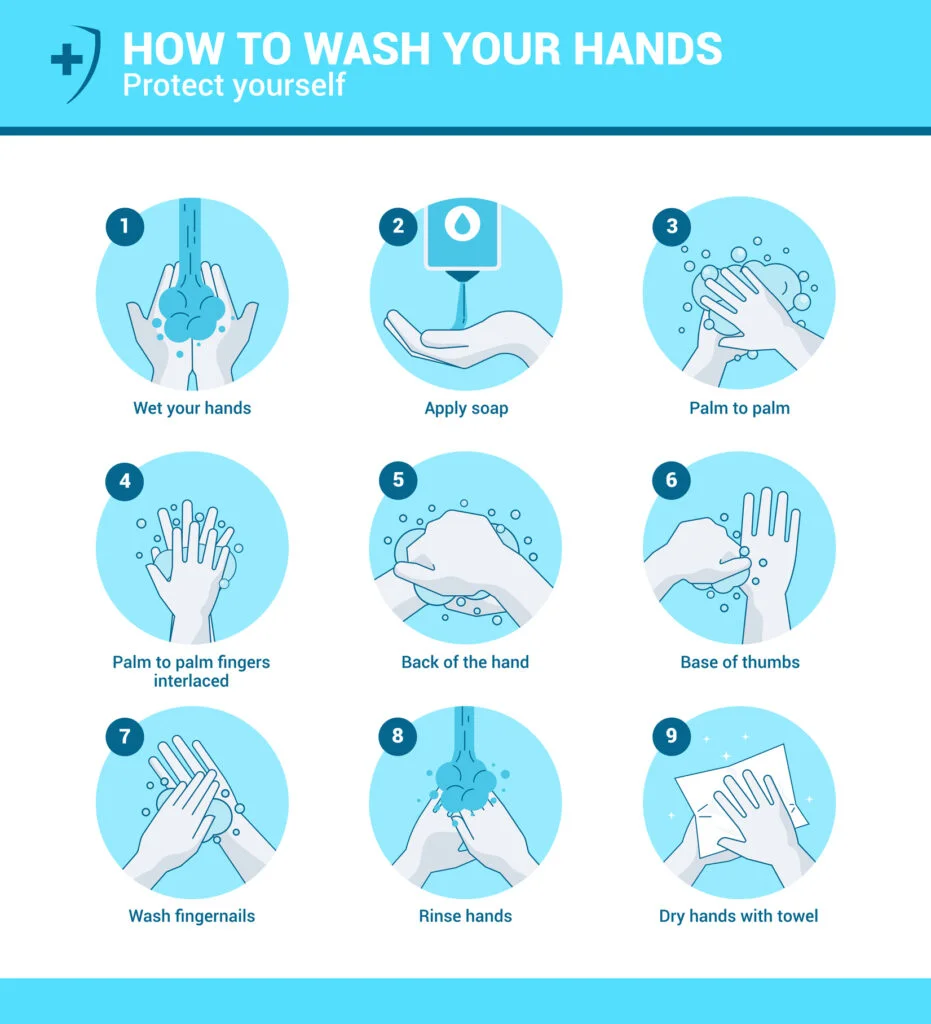Menu
Food poisoning: What is it & how does it occur?
- Jade Beharrell
- Food Hygiene and Safety
Getting to grips with food poisoning
Food poisoning is not pleasant. Fact. It can cause nausea, diarrhoea and vomiting, and may be accompanied by stomach cramps, a high temperature or a feeling of general unwellness. The onset of food poisoning can vary from beginning a few hours after food consumption, to a few days or weeks after. Whenever the onset, or whatever the severity of symptoms is, a person suffering from food poisoning will definitely not be feeling up to scratch.
The main question on the minds of people suffering from food poisoning, is what actually is it? And how does it occur?
Food poisoning is a very serious consequence of contamination. This is when a food is contaminated by bacteria or a virus, making it unsafe to consume. There are various causes of food poisoning, one of the most commonly known causes being foodborne diseases.

These can only be transported in food or water, which is ingested by the consumer. Foodborne diseases can make a person severely ill, despite the fact that they have a longer incubation period. This means that sometimes, symptoms may not present themselves straight away. It is also important to note that the actual bacterial count needed to make a person ill is much lower than that needed in food poisoning as a result of pathogenic bacteria.
Food poisoning viruses, such as the Norovirus, are also a commonly known cause of food poisoning, and are passed from person-to-person through contact and bodily fluids. They inhabit living cells and multiply from there, as opposed to bacteria which do not exist in living cells.
When buying takeaway food, or eating food that you have not cooked yourself, you don’t have much control over the prevention of food poisoning (besides going to a reputable restaurant with a high food hygiene rating). However, there are a few things that you can do at home to make sure that you are preparing food safely, including practicing correct hygiene.
You should always make sure that you follow proper handwashing practices. This is because hands act as vehicles of contamination, which transfer bacteria from one surface to another. The best way to stop this transfer is to regularly wash your hands when preparing food. As a result of the Covid-19 pandemic, many people now appreciate how important washing your hands properly is, and you should incorporate this knowledge into your own kitchen routine.

You should always use nice, warm water and soap, lathering the soap well into your wet hands. Make sure to wash your whole hand: palm, in between your fingers, fingertips, the back of the hand, the wrist, and use a nail brush if desired. Then, fully rinse off the soap and dry your hands with clean, disposable towels immediately after washing.

By washing your hands as thoroughly as possible, you can help stop the spread of bacteria in your own kitchen and keep yourself and others safe.
Please explore our other posts in order to learn more about the safe handling of food and preventing illness.
You can also access more information through our Level Three Food Hygiene and Safety course. Visit essentialfoodhygiene.co.uk to find out more.
